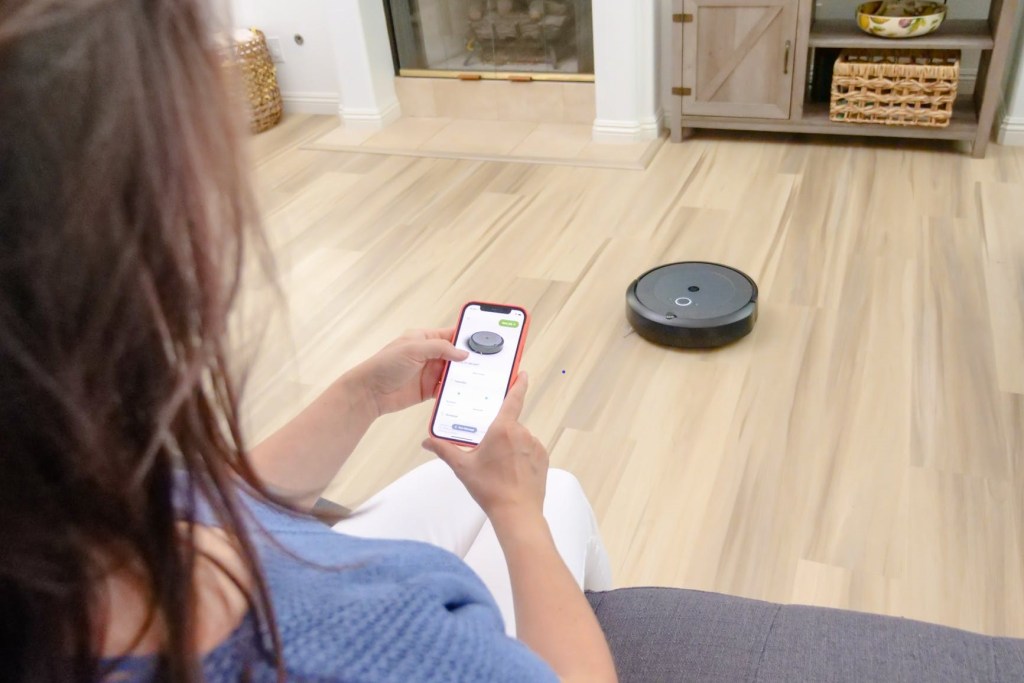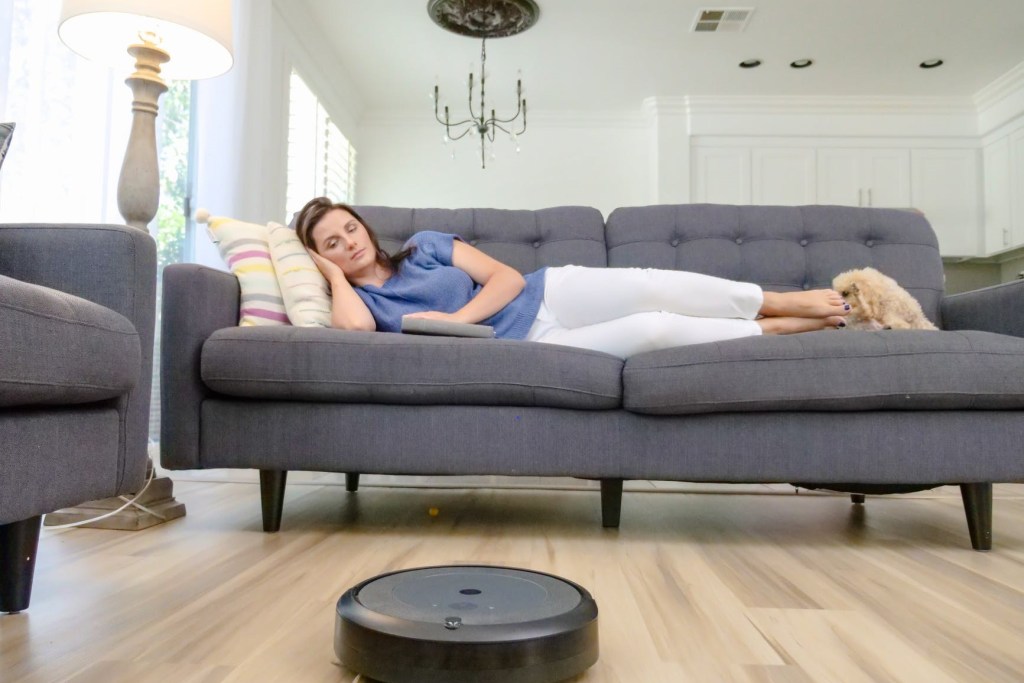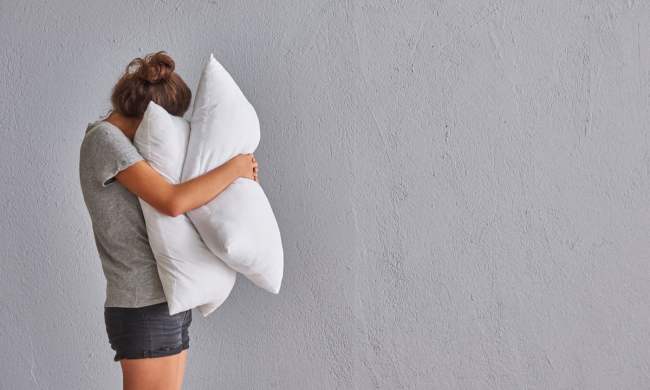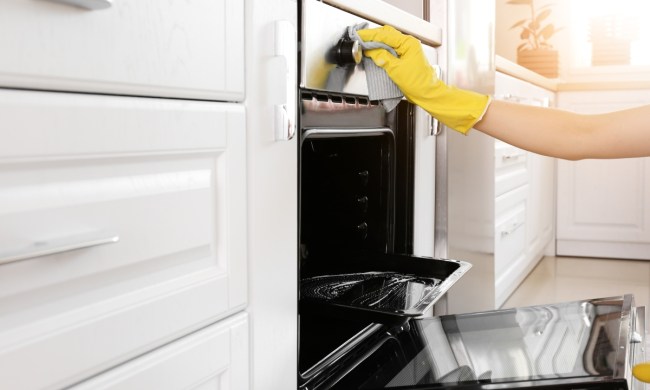If you have a busy schedule or you just hate cleaning, a robot vacuum certainly sounds like a dream; a machine that does the work for you and enables you to relax and focus on other things is definitely something we all could use. But are these vacuums truly effective? And are they worth the cost?

How convenient are robot vacuums?
A robot vacuum can help you avoid the hassle of traditional vacuuming. You simply program the robot vacuum to clean on specific days and at specific times, and then it does the work for you.
Some robot vacuums can be connected to a home hub via WiFi and controlled through a smartphone app. This is especially convenient for last-minute plans. For example, if you invited someone over for dinner but you get stuck working late, you can send instructions to the robot vacuum to clean the floor so you won’t have to rush home and scramble to get it done in time.
Robot vacuums are also extremely easy to store. One of the downsides of a traditional vacuum cleaner is its size. Pulling a large, bulky vacuum out of a closet and pushing it back and forth across the floor is a hassle. For senior citizens and individuals who are disabled or injured, vacuuming can be difficult or even impossible. A robot vacuum is an excellent way for people with limited mobility to keep their homes clean.

A robot vacuum can clean without direction, but it will take longer
A robot vacuum uses artificial intelligence to create and execute a cleaning strategy. It can scan a room, map it, determine the optimal route, and vacuum the floor while avoiding many, but not all, obstacles. You will have to pick up any clothes, shoes, toys, or other objects on the floor to allow the device to do its job.
Although a robot vacuum can do a thorough job of cleaning, the process will take longer than it takes you to clean your floors using a traditional vacuum. When you’re the one controlling the vacuum, you can quickly change directions and focus on specific areas. Since a robot vacuum relies on artificial intelligence, it can’t make decisions and get the job done as fast as a human can.
A robot vacuum’s small size is a benefit, but it can also be a problem
One of the biggest hassles associated with a traditional vacuum is navigating around and under furniture. Having to move a couch, table, or chairs to vacuum the entire floor is time-consuming and can be physically challenging.
With a robot vacuum, that’s not an issue. Due to its small size, a robot vacuum can easily get under furniture and into tight corners. It’s also easier to store than a bulky traditional vacuum.
Sometimes, though, the small size of a robot vacuum is problematic. The device can get stuck in a corner or under a piece of furniture. When that happens, a human has to get it out of the predicament.

A robot vacuum needs to be emptied and recharged frequently
A traditional vacuum typically has a large container to store dirt, pet hair, and other debris that it picks up. A robot vacuum is much smaller and has a smaller storage container. That means you’ll have to empty it frequently, especially if you have pets that shed a lot.
Robot vacuums run on batteries. When a robot vacuum finishes its task, it can automatically return itself to the docking station to recharge its battery.
If that battery is drained in the middle of a task, however, a robot vacuum loses the ability to make decisions and to return to its docking station. If it runs out of power and gets stranded far from the docking station, you’ll have to pick it up and carry it there so it can recharge.
You’ll still have to vacuum stairs yourself
Robot vacuums work on floors but not on stairs. If you have stairs in your home, you’ll need a different type of vacuum to clean them. You’ll have to pay for the other vacuum and store it somewhere, which can add to the overall cost and inconvenience of keeping your home clean.
Robot vacuums can be pricey
Robot vacuums can range in price from $200 to $1,000, which can be significantly more than a traditional vacuum cleaner. More expensive options offer more features and better quality, which raises the question: How much do you have to spend on a robot vacuum to get a quality product?
If you’re looking for an affordable, quality robot vacuum, an iRobot Roomba 600 series is a good option. A Roomba is durable, almost never gets stuck, and can be controlled via a smartphone app and integrated with a smart-home voice assistant. The best part is, a Roomba will only set you back about $275.
A robot vacuum offers convenience and can be particularly beneficial for homeowners with limited mobility. It does have drawbacks, not least that a good one may come with a high price tag, although you may be able to get a quality product for significantly less than $500. If you have a busy schedule, you dread vacuuming and tend to avoid it, or you have trouble vacuuming due to physical limitations, it may be a good idea to invest in a robot vacuum.



